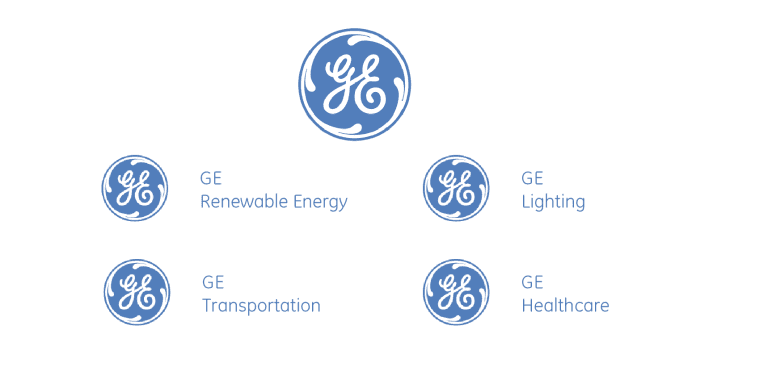How to Build a Brand Architecture

What Is Brand Architecture and Why It Matters
Brand architecture is a system that defines how the different brands within a company’s portfolio are related to each other. It helps organize sub-brands, products, and services so they work toward a shared goal. We observe how brand structure simplifies management. In this article, we explain what brand architecture is, what models exist, and why it’s important.
Main Models of Brand Architecture
Brand architecture can be structured in several ways. The main models include:
Monolithic architecture: A single master brand across all products (common in tech companies).
Individual brand architecture: Each product has its own standalone brand (often used in FMCG).
Hybrid architecture: A combination of a master brand and sub-brands.
The brand structure in each model defines how brands interact. For example, a monolithic architecture strengthens the main brand, while an individual architecture gives sub-brands more independence.
How to Create a Brand Structure
Building a brand structure starts with an analysis of the company’s portfolio. Specialists assess which brands currently exist and how they are perceived. Then, they choose the brand architecture model that aligns with business goals. The architecture is tested in practice to ensure clarity for both customers and employees. For instance, a hybrid model might use sub-brands to target different audiences while maintaining a connection to the main brand. This approach makes scaling easier.
Why Brand Architecture Is Important for Business
Clear brand architecture helps avoid confusion among customers and partners. It enables companies to manage their portfolio more effectively, enhancing recognition and trust. Brand architecture also simplifies the launch of new products. A business with a well-structured brand system can allocate resources more efficiently and maintain consistency. Understanding these principles helps companies build a strong, manageable brand portfolio.

